Tex Hill – AVG goes into Action (part 4)
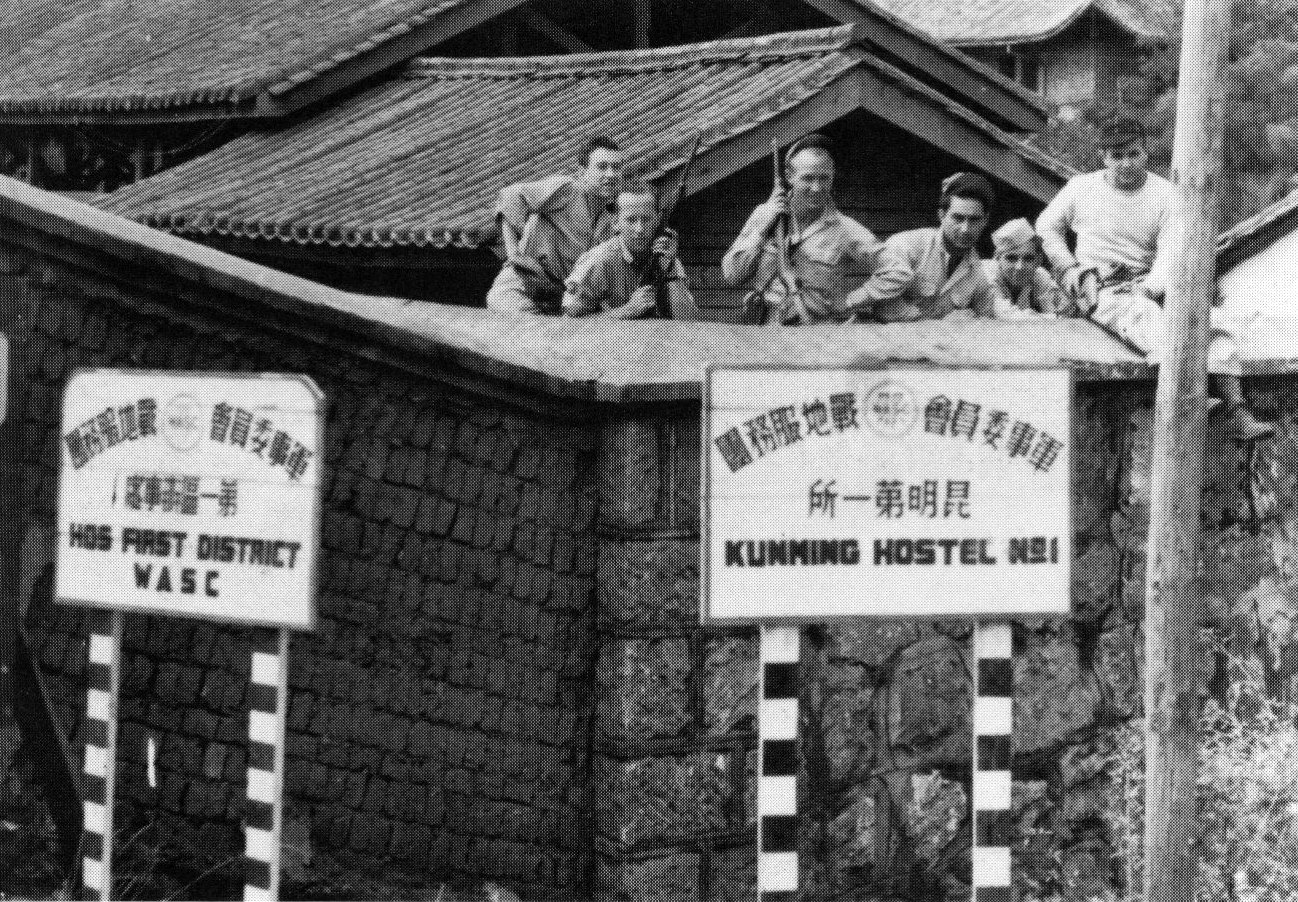
After the Japanese attacked Pearl Harbor, Thailand surrendered. Chennault feared that the AVG position in Toungoo was too precarious so he ordered the 3rd Squadron to Mingaladon in Rangoon to support the British, while the 1st and 2nd Squadron was to pull back to Kunming, China.
Home of the AVG in Kunming, China (USAF)
Kunming had been subjected to Japanese bombings for over two years now with no effective Chinese opposition. Two days after arriving on Dec 20th, the air raid siren sounded. 24 AVG pilots took to the air to intercept 10 incoming unescorted Japanese Kawasaki Ki-48 bombers (US codename Lily) of the 21st Hikotai from Hanoi – led by Captain Fujii. Tex missed out on the raid when another pilot took his assigned plane. The AVG was credited with downing 4 of the 10 bombers. The Japanese record shows 3 bombers destroyed, and the remaining seven all damaged and some crash landing.
The 2nd Squadron was sent down to Rangoon relieve the 1st Squadron and in Jan 1942, Tex flew his first offensive mission with Newkirk, Christman, and Jim Howard. Christman had developed engine trouble and had to turn back. Their mission was to strafe 77th Santai’s Raheng airfield in the Thai-Burma border near the village of Tak. As they came down out of the sun toward six Ki-27s (US codename Nates) – 3 parked and 3 just coming in for a landing, Tex noticed a Japanese plane on Howard’s tail that was doing a good job chewing up Howard’s tail. Tex immediately shot the plane off. Simultaneously, another Japanese fighter made a pass and shot at Tex’s plane before being shot down by Newkirk. Yet another Japanese fighter was flying head-on toward Tex, Tex shot that plane down but in turn had hits on his prop – putting it out of balance. Luckily, he was able to make it back to Rangoon. Howard was not even aware that he was shot at until Tex showed him the 11 holes in his aircraft. Then Tex had a look at his own plane and counted 33 holes, commenting later on that “I begin learning fast from that time on”.
By this time, the Japanese Burma campaign was well on its way, pushing aside the Allied ground opposition. It was during this period that the AVG were continuously intercepting Japanese bombers and fighter sweeps. Tex’s friend from Pensacola, Christman was killed during one of those interceptions.
Tex was flying a two man patrol with Bob Neale when Tex became an ace, credited with downing two bombers and one fighter. By March, Tex had been credited with 7 Japanese aircrafts. However, the AVG was forced to leave Burma in the wake of the Japanese successful ground campaign. The AVG flew their planes to Loiwing, China while the ground crews went up the Burma Road by truck. The AVG was now running low on serviceable aircrafts. Members of the 3rd Squadron made a trip to India to deliver 12 P-40E’s back to China.
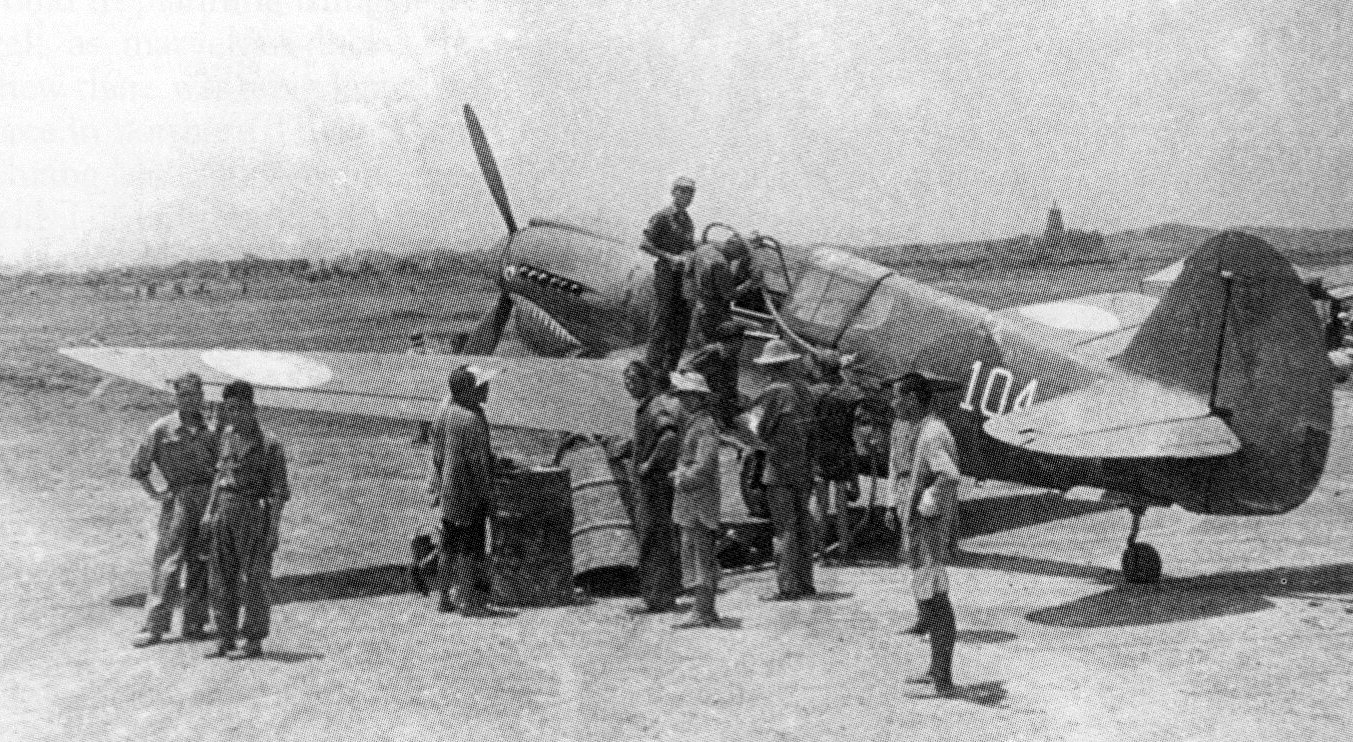
While the P-4OE’s was successfully delivered, the AVG was saddened by the lost of Newkirk, killed by antiaircraft fire while on a strafing mission over Chiang Mai, Thailand. Chennault made Tex the new 2nd Squadron commander, as Newkirk had recommended if anything happened to him.
As the Japanese advanced, the allies were falling back. At one point, over 150,000 Allied soldiers were threatened to be trapped by a pincer movement. The AVG would evacuate from Loiwing back to Kunming. By May, the British had retreated into India and the Chinese had 30,000 troops captured. Major General Sakaguchi Shizuo, regimental commander from the 56th Division was charged with chasing the retreating Chinese to the Salween River Gorge. From the Allies’ perspective, if the Japanese crossed the Salween and captured Kunming, it could put China out of the war. The Chinese had already blown part of the Salween suspension bridge (known as the Huitung Bridge for the Chinese), but the Japanese engineers were building a pontoon bridge for the river crossing. On May 6, Chennault sent the Chinese Air Force’s Tupelov SB bombers to bomb the Japanese columns giving chase to the retreating Chinese 36th Division. The next day, Tex flew in a P-40E with 3 other Panda Bears loaded with 570lb Russian bombs that were rigged to the center fuel tank shackles and smaller 35lb bombs on the wings. While four 3rd squadron Tomahawks flew top cover. To Tex, this was the most important he would fly for the AVG.
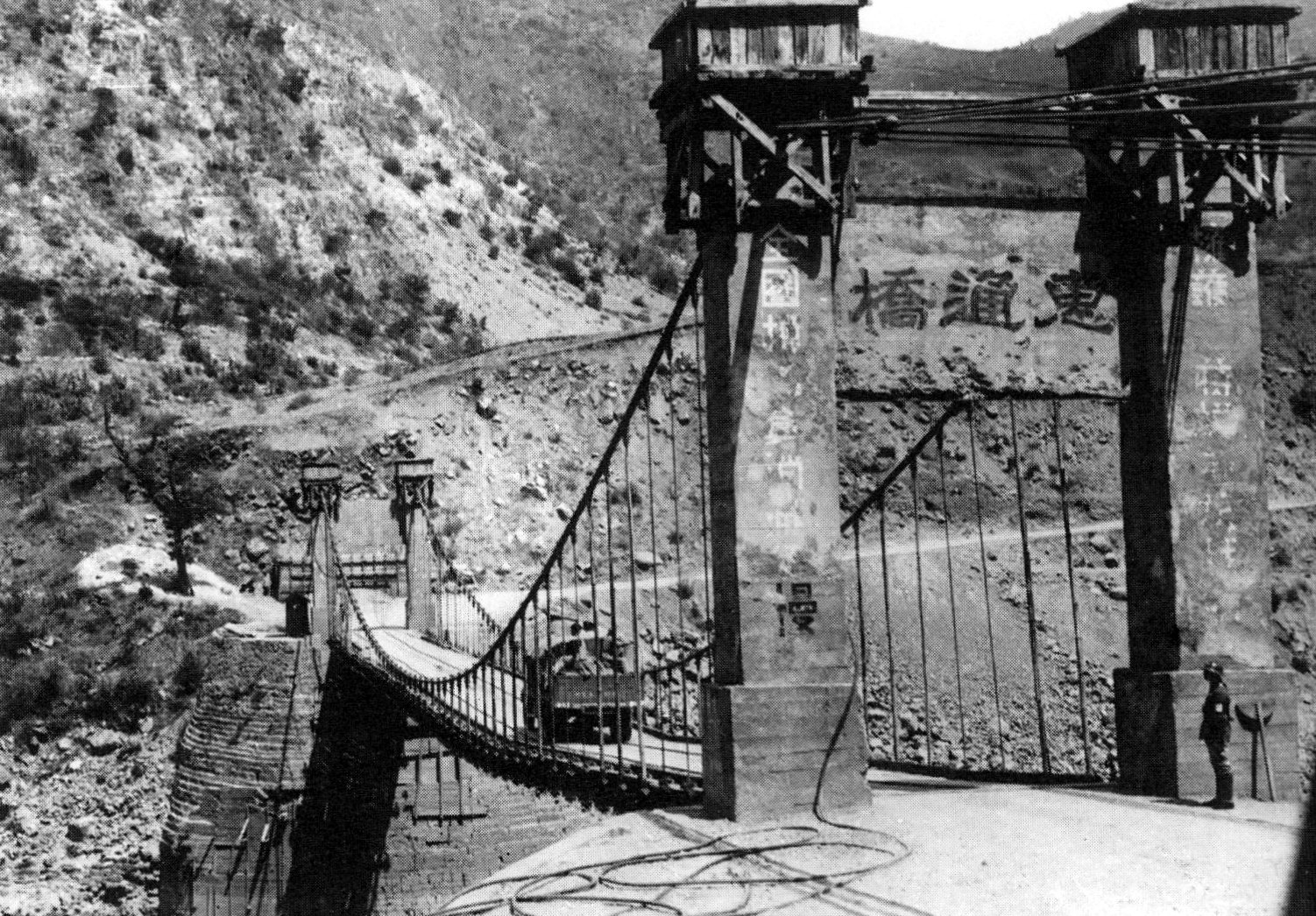
As planned, Tex initially dive bombed to cut off the Japanese escape route, this was followed by the rest of the 2nd Squadron’s bombs. They continued to strafe until they were out of ammunition, then the 3rd Squadron came down for their turn. The next day, the AVG returned with 12 planes and dropped fragmentation bombs on the Japanese. They estimated 50 trucks destroyed and 200 Japanese casualties. The AVG’s action delayed the Japanese long enough for the General Li Chih-peng’ Chinese 36th Division to regrouped and re-crossed the river toward the north of the Japanese. Unable to complete the pontoon bridge to go forward and threatened to be cut off by the Chinese advance, General Sakaguchi had no choice be to retreat back into Burma.
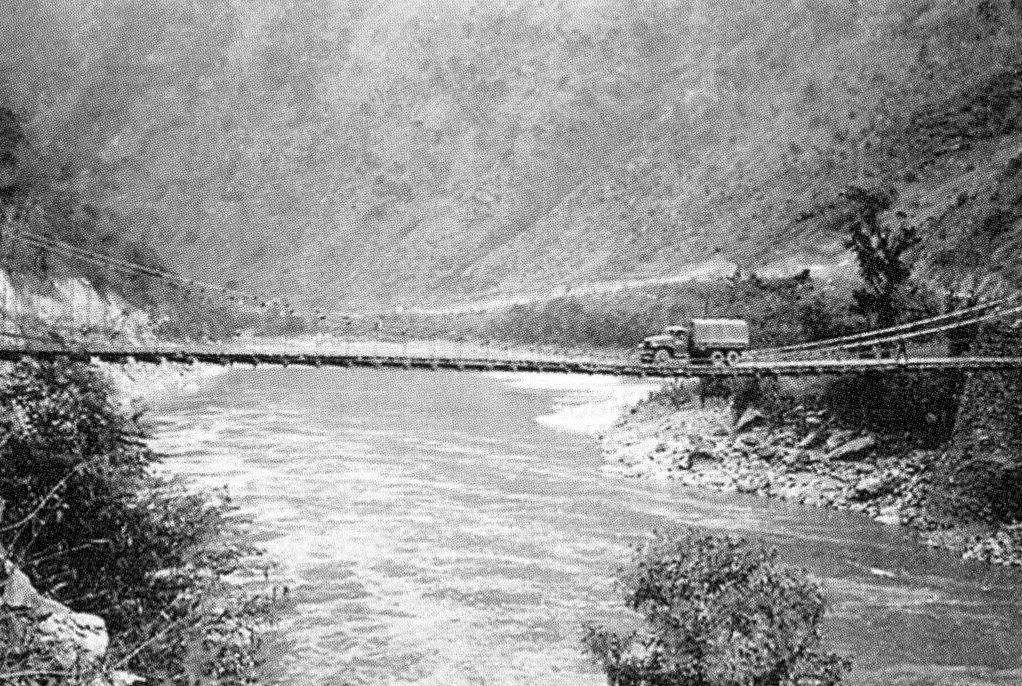
Tex Hill’s P-40E KittyHawk- #108
![]() Link the article on building a model of this plane P-40E – 4th in the “Tex” Hill Series – Amtech
Link the article on building a model of this plane P-40E – 4th in the “Tex” Hill Series – Amtech
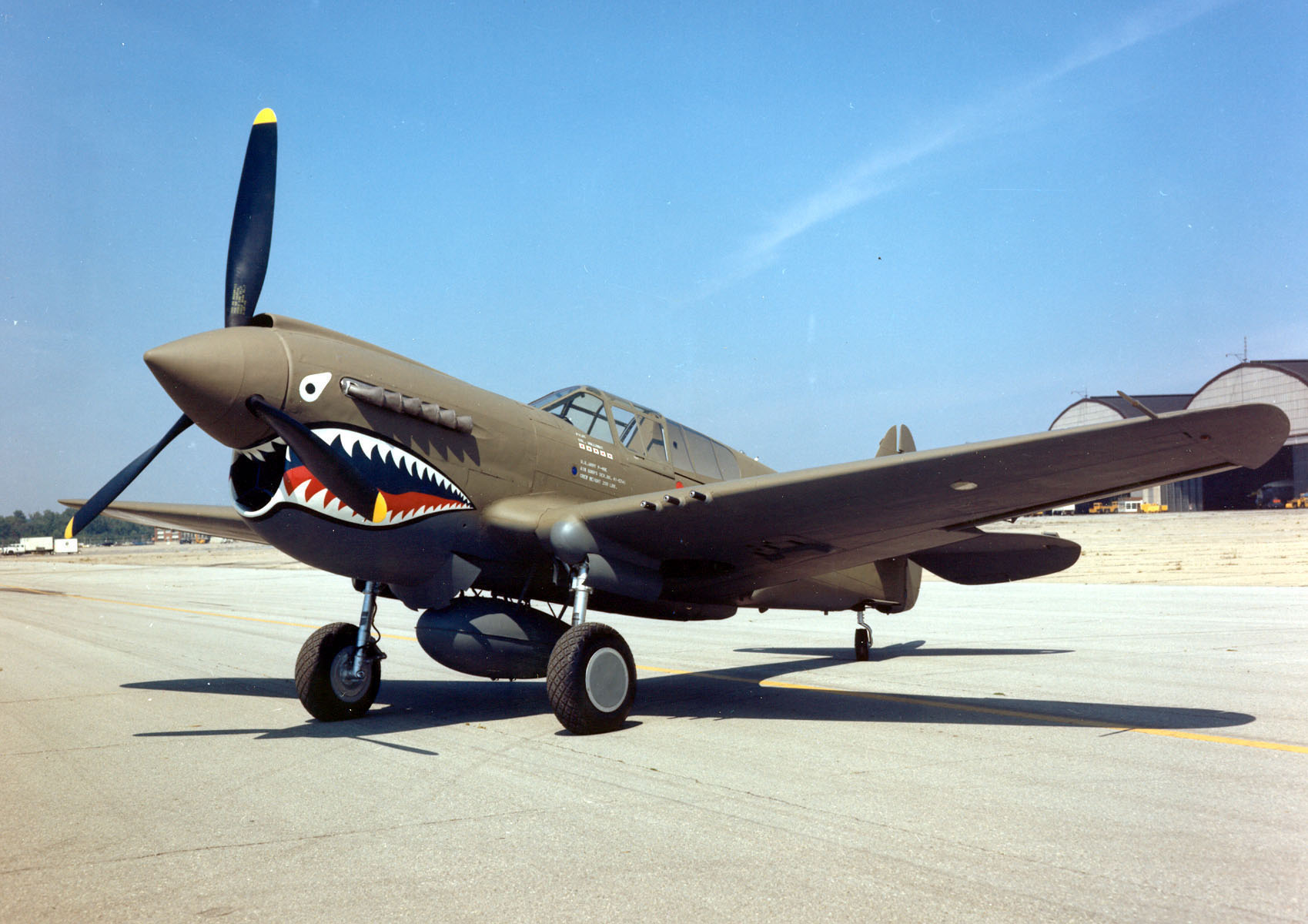
The P-40E, known as the KittyHawk to the British and Warhawk to the Americans, had a bigger engine – 1,150hp Allison liquid cooled in-line and air scoop than the P-40B. It had larger caliber wing guns (.50 cal) in addition to an extra gun per wing – brining a total of six guns. The Kittyhawk also had bomb racks on the wings and as described previously, the AVG armorers were able to field modify the field tank attachment points to hold a single 250kg bomb.
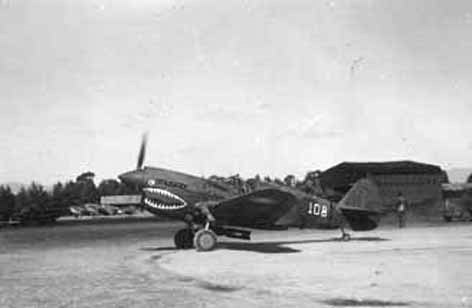
The Kittyhawks received by the AVG were replacement aircraft from the US Army in Africa. AVG pilots had flown them back from Accra in West Africa. They had the standard Army Air Corp Dark Olive Drab (#41) on top and Neutral Gray (#43) on the bottom. The National Insignia on the fuselage were painted out by the AVG, but you can distinctly see where the insignia were as shade of green was different or due to weathering of the original Olive Drab. New squadron fuselage numbers were added – these were all numbers between 100 and 134. Chinese insignias were used on the top and bottom wing, but note that decals replaced paint by this time. Oddly, ‘US Army’ was left on both the wings bottoms by the AVG. The Disney Flying Tiger decals had arrived by this time and were applied to the Kittyhawks. Of course, the now famous Shark mouths were painted on, but these were simpler than those applied to the Tomahawks.
On the Salween mission, Tex and the Panda Bears were still flying the P-40Bs. Since only the P-40E’s had bomb racks, they were flying those assigned to the 3rd Squadron. Hence the plane he flew that day, #108, had the 3rd Squadron’s red fuselage band.
